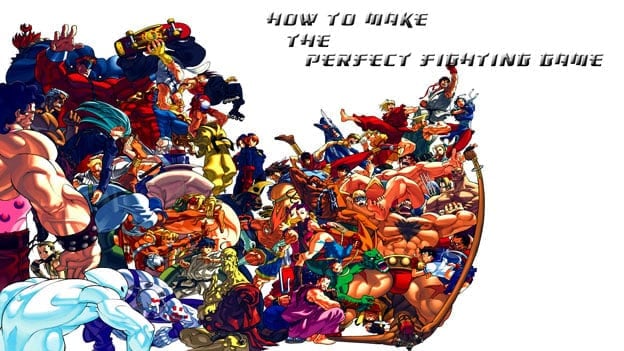What brought back the fighting game from its near-ten-year-long coma? Many would say Street Fighter IV, but it might be deeper than that. There were two things in particular that one could say to be attributed to the recent resurgence of the fighting game. The first is technology. Online play, 2.5D engines, match streaming, balance patches, and vast internet databases of fighting game knowledge have all seriously increased the quality of this generation’s fighting games. The second is an understanding of what players want. Game developers have looked to the community for character ideas and have used high-profile tournaments as data for balance patches.
But with all these advancements, no one company has totally gotten it right. So here are some points on what would make a great fighting game.
Unique Characters
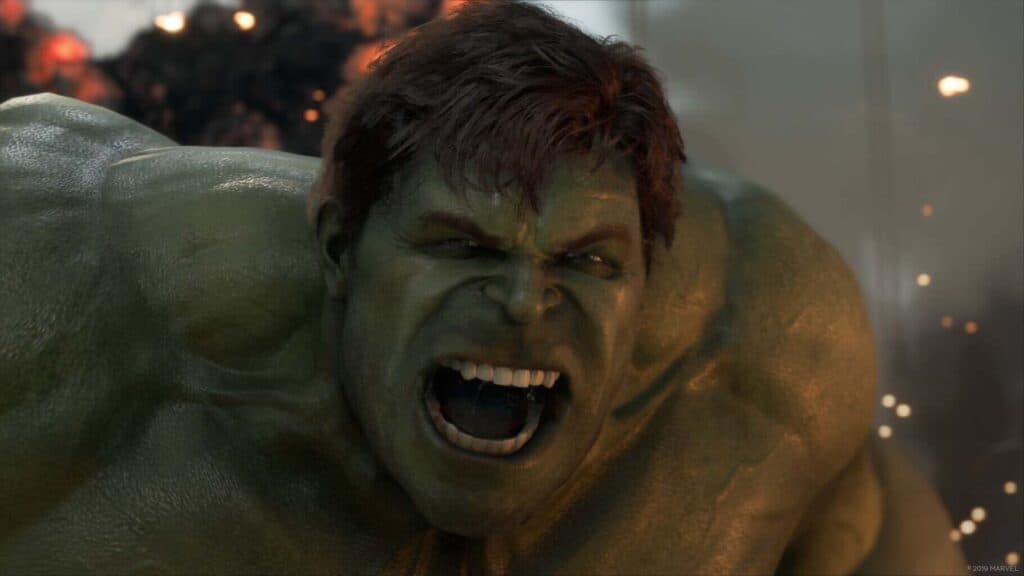
We have all seen the fireball, dragon-punch, hurricane-kick character before. Modern fighting gamers want a roster that has some truly unique characters in it. Games like BlazBlue and Guilty Gear do a magnificent job of making all their characters seem unique. Some characters can pull you with magnetism, some can control the wind, some have a limited number of projectiles, and some even let players control two characters at once. Every time a new character is added, it’s always someone who doesn’t copy the moves of anyone else on the roster. Other games, like Marvel vs. Capcom 3, are adopting interesting non-damaging utility moves. For example, Magneto can now pull you or push you with magnetism, and Storm can make the wind blow forward or backward.
A Combo System That Rewards Innovation
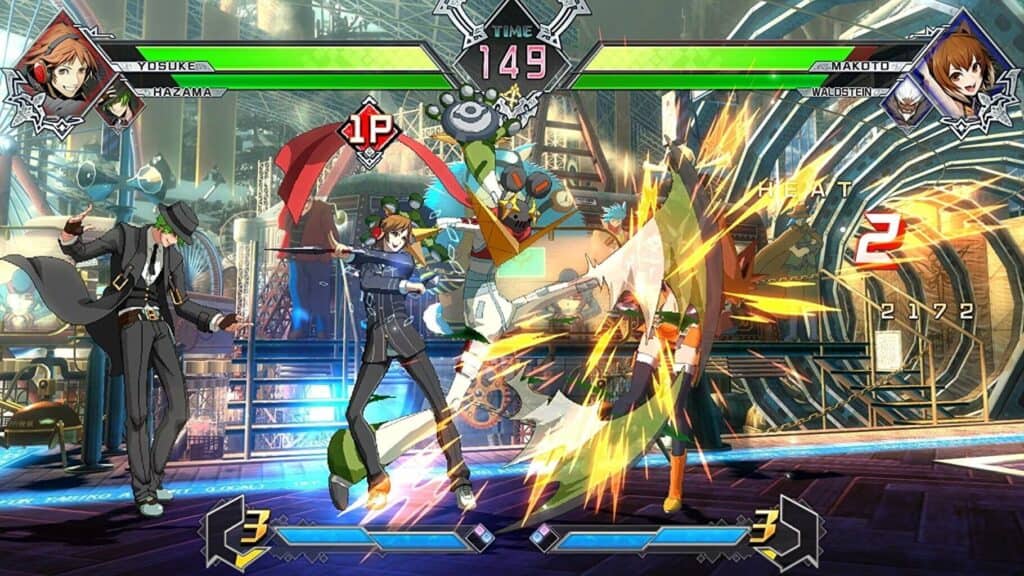
Any good fighting game will include a combo system that rewards experimentation. There are two methods by which this is attainable: Developers can either give characters lots and lots of options. Rewarding players for finding the most efficient combo, or severely limiting their combo options. Rewarding players instead for finding creative links and ways to exploit the system. Developers should commit themselves to one system or another. Taking the middle ground causes problems like BlazBlue: Continuum Shift 1’s Litchi, who could easily take away half your life in a combo that lasted half the match, while lower-tier characters struggled to do a quarter of that damage.
A Thoughtful Infinite Combo Prevention System
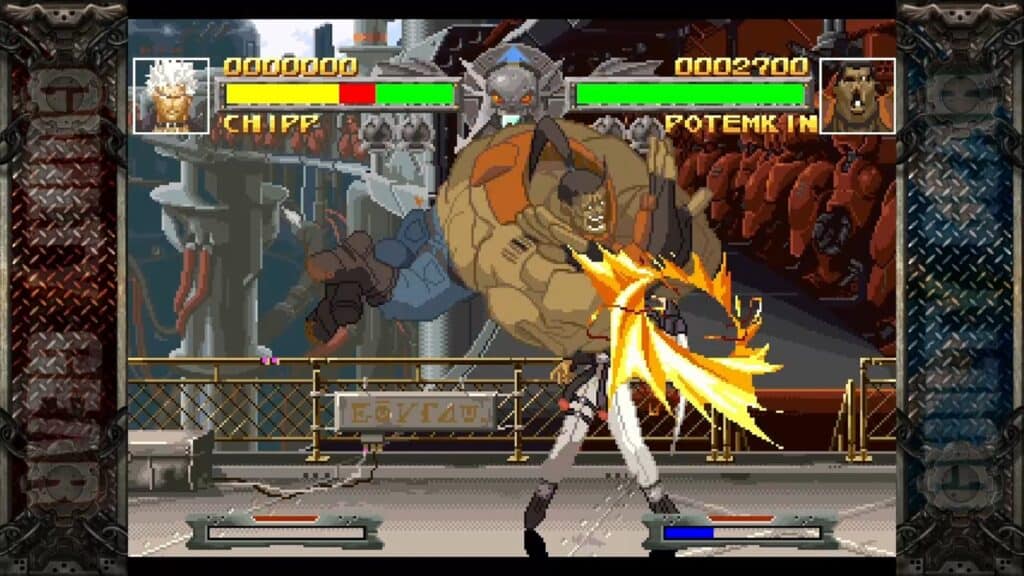
Back in the early days of fighting games, companies tried to fix infinite combos on a case-by-case basis. This never worked, and far too many games have had some form of infinite combo that completely destroyed the game’s balance. To keep infinites from being a problem, you have to develop system-wide preventative measures. Marvel creates hit stun deterioration based on a series of triggers, while BlazBlue scales both hit stun and damage down to 0 if a combo goes on long enough. The options are endless.
A Combo Break Mechanic
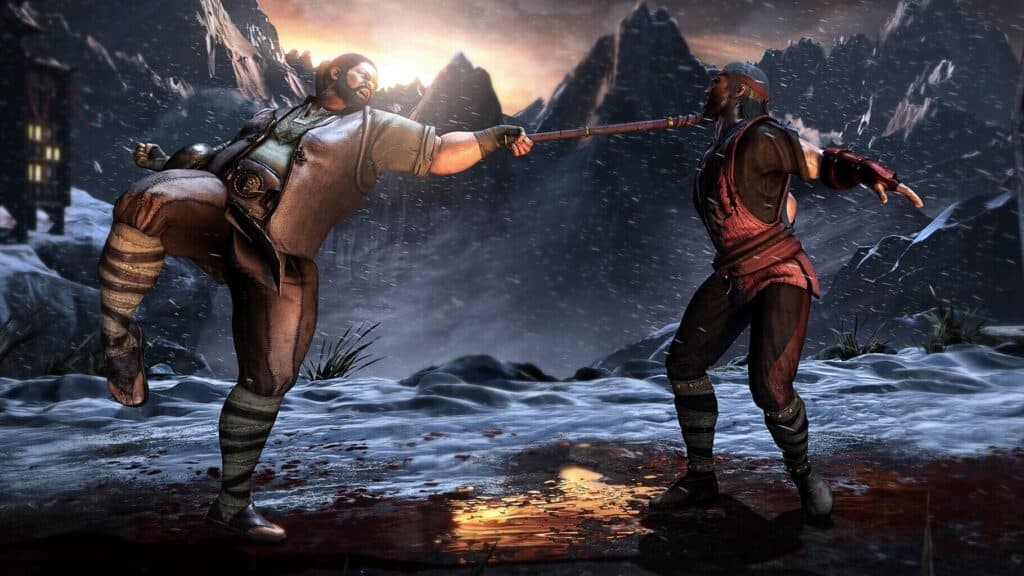
The problem with any fighting game with an innovative enough combo system is that it will become entirely non-interactive. For example, if a newbie goes up against a pro in Marvel vs. Capcom 3, they will most likely get caught in three single-touch death combos right away. When that happens, they always say the same thing: “How do I get out of that?” When the answer is simply, “You don’t get out of that,” or “Don’t get hit,” newbies get frustrated and put down the game forever. Combo breaker mechanics are useful because they allow new players and pros to both feel like they have options when caught in a combo. Several fighting games have implemented systems like this. Mortal Kombat’s breakers, BlazBlue and Guilty Gear’s bursts, and Tatsunoko vs. Capcom’s Mega Crash are all good examples of combo break mechanics, and the perfect fighting game must include one of its own.
Deep Resource Management
Most fighting games have one- or two-meters players have to pay attention to in addition to the health meter. However, if they can only spend this meter in one way, its existence is pretty much meaningless. Look at Street Fighter. Gamers can use the super meter to do EX moves or a super move and can use the revenge meter to do ultra-moves that get more powerful as the meter continues to fill. When and how to use both meters are important parts of the game. Mortal Kombat’s meter management is even more complex. Players can use they’re meter to perform enhanced special moves, to break out of combos, or to execute your powerful X-Ray attack. The way the meter builds is even more strategic, with normal hits giving them none, but blocked hits giving them tons. Though games like Tekken and SoulCalibur are kind of fun without meter mechanics, resource management has sort of become a staple of the fighting game universe. The more available ways to use those resources, the better.
Multiple Defensive Options
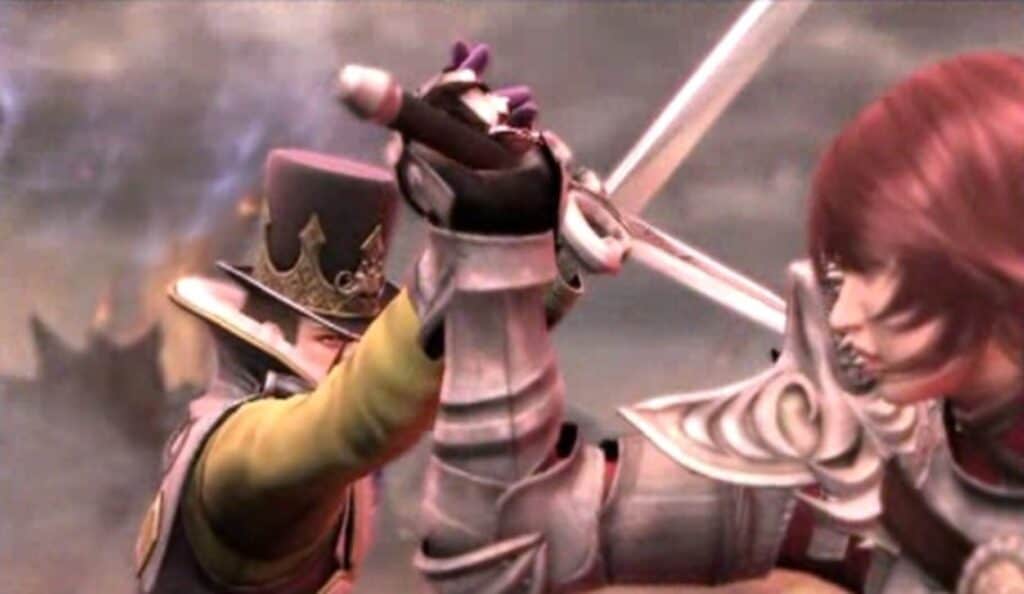
One of the best systems from Street Fighter III was the parry system. It allowed players to risk getting hit in order to give them a better defense. SoulCalibur also had a parry system with the ability to dodge moves in three dimensions. BlazBlue had blocking, instant blocking, barrier blocking, and instant barrier blocking. Even Marvel allowed you to block or push block or even spend a meter to tag counter. Long story short, multiple defensive options are a good thing.
A Story Mode
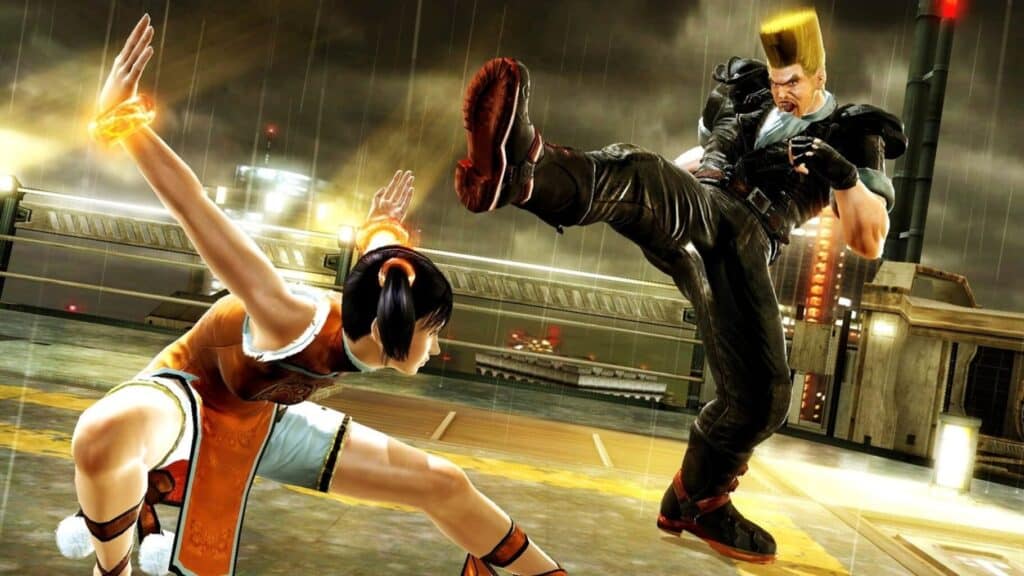
Granted, a story mode is probably not the first thing on most fighting gamers’ minds, but we are talking about the perfect fighting game here. The perfect fighting game should have a story. Mortal Kombat actually did this perfectly. Not only did gamers get a chance to try out all the different characters in the game. They also were given multiple different objectives beyond – kill the guy standing across from them. Although the story was rather corny and stereotypical, it was still enjoyable to see each character’s deeper motivation for kicking the crap out of everyone in their vicinity. Combine this with BlazBlue’s multiple endings or Tekken’s multiple different game modes and you have a recipe for a story mode that people actually want to play for reasons other than unlocking characters.
Final Notes
So, what makes a perfect fighting game? Well, all of the above-mentioned schemes, however, the two most important aspects are technology and the understanding of user demand. Technology has allowed gaming to go beyond what players could have ever conceived of. Especially within the fighting world of video gaming. With that said if developers don’t understand what users want them no amount of technology could make up for a bad fighter game.
